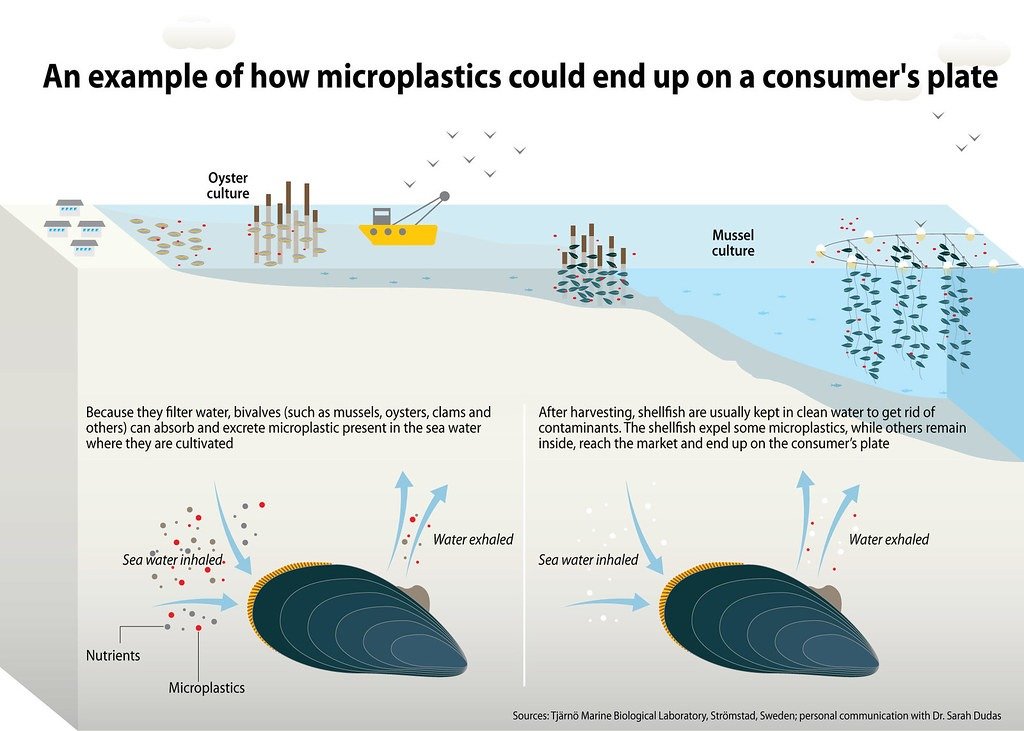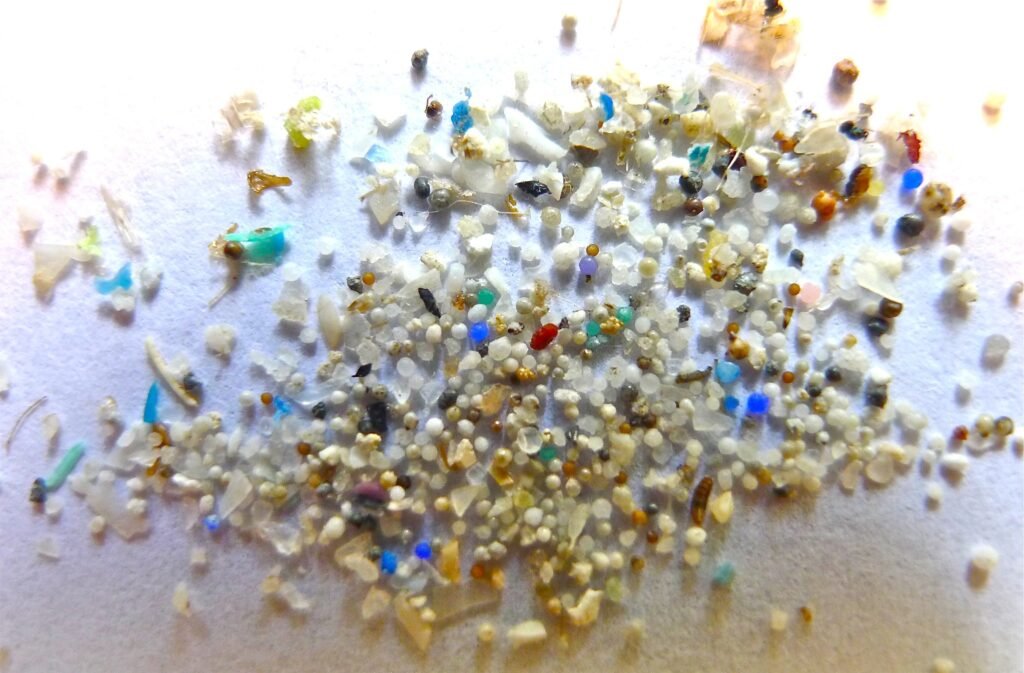Address
Unit 8, Meerzicht Business Park, 33 Kelly Road, Jet Park Boksburg, 1459
Work Hours
Monday to Friday: 8AM - 5PM
Address
Unit 8, Meerzicht Business Park, 33 Kelly Road, Jet Park Boksburg, 1459
Work Hours
Monday to Friday: 8AM - 5PM


A new study has found that drinking water in Johannesburg and Tshwane contains substantial amounts of microplastics. These tiny plastic particles less than 5mm in size are polluting tap water, rivers, and even borehole water across Gauteng and North West provinces. But what does this mean for your health when you’re ingesting plastics with every sip?
Microplastics come from two main sources:
· Plastic pellets used as a raw material in industry
· Microbeads used in cosmetics like exfoliants and toothpaste
Secondary sources are when bigger plastic objects break down into microscopic pieces over time.
So those plastic bottle caps, bags, and wrappers you see littering the streets and rivers don’t biodegrade. They slowly disintegrate into billions of tiny plastic particles that make their way into our water supply.
Researchers from North-West University tested municipal tap water from Johanneburg and Tshwane. Both cities had microplastics present, with Joburg’s water containing more plastic fragments.
They also tested water from 43 sites along the Vaal, Mooi, and Wasgoedspruit Rivers. Every single river contained microplastics. Groundwater from boreholes in Potchefstroom also had microplastics, but in much lower amounts than river water.
The concerning part is that scientists don’t yet understand the health impacts of consuming microplastics through water or food.
As Professor Henk Bouwman, lead researcher, explains:
“There is no consensus yet on any health impacts as the science is still in its infancy. It might be benign, and it might not be.”
Our bodies can generally handle natural particles found in air, water, and food. But plastics are synthetic materials that have only become ubiquitous in the last 50 years.
There are two main concerns with ingesting microplastics:
1. Physical Effects
At any size, plastics can cause physical damage if they accumulate in the body. Microplastics could potentially:
· Block digestive tracts
· Cause inflammation or lesions
· Disrupt hormones and metabolism
2. Toxic Chemicals
Plastics both absorb and attract toxic pollutants from the environment. These include pesticides like DDT and heavy metals.
When you swallow microplastics, these concentrated toxins can possibly leach into your body. What effects this chemical transfer might have is still unknown.

Right now, we simply don’t have enough data on microplastic prevalence across South Africa. The researchers say:
“It can safely be assumed that microplastics will be present elsewhere in freshwaters in South Africa. Surveys should therefore be undertaken countrywide to obtain a picture of pollution, and to establish a baseline against which to measure concentration trends.”
Urgent nationwide surveys are needed to determine how contaminated our water truly is. But already these early findings from Gauteng confirm microplastic pollution is occurring across rivers, tap water, and groundwater.
Reverse osmosis and ultrafiltration systems are two advanced filtration technologies that can help eliminate microplastics at home.
Reverse osmosis uses a multi-step process to force water through a semipermeable membrane. This membrane has microscopic pores that block contaminants like microplastics while allowing water molecules to pass through.
Ultrafiltration uses a specialized pore-filled filter that traps microplastics based on their size. Particles smaller than the pore size pass through, while larger plastic particles are captured.
Both methods produce filtrate water with significantly reduced microplastic content for drinking and cooking. These systems can be installed under the sink or as whole-house units. For example, the 75 GPD Reverse Osmosis System 5 Stage (With Pump) uses reverse osmosis in a compact 5-stage setup. And the Ultrafiltration Water Filter System (UF) provides efficient ultrafiltration for residential use.
If you are concerned about microplastics in your water, advanced filtration systems provide reassurance of plastic-free water straight from the tap.
Based on global research, some top ways South Africa can start tackling its plastics problem include:
· Ban microbeads – An immediate ban on microbeads in cosmetics and personal care products can stem one major source.
· Review legislation – We need tighter laws on plastic use, production, recycling, and disposal. The EU’s robust plastics regulations could be a model.
· Rethink plastic packaging – Biodegradable or reusable alternatives could be incentivized over single-use plastics. Though jobs provided by the plastics industry are also a consideration.
· More research – Expanded studies on how microplastics move through South Africa’s air, water, soil, and food chains are urgently needed.
· Change manufacturing habits – Products designed for reuse, recyclability, and minimized plastic content will reduce environmental leakage.
· Change consumer habits – Though difficult, shifting cultural norms around overuse of plastics can make an enormous difference.
The microplastic problem can only be solved through cooperation between industry, government, scientists, and society as a whole. Though the way forward won’t be easy, the health of our country depends on it.
Microplastic pollution is an emerging issue that requires vigilance and swift action to protect South Africa’s water quality. If you have any other questions or want to learn more about microplastics in your area’s water supply, please don’t hesitate to contact us. Our team is dedicated to providing the latest research and solutions around this important public health topic. We offer water testing services along with filtration systems specially designed to remove microplastics. Get in touch today to safeguard your family’s health against this invisible plastic threat.
Here are some common questions about microplastics in South Africa’s water:
What are the main sources of microplastics?
The two primary sources are plastic pellets used in manufacturing and microbeads used in personal care products. Secondary sources are when larger plastics break down into microscopic particles over time.
How are microplastics getting into our drinking water?
Microplastics enter waterways through industrial pollution, sewage outflows, and plastic waste. They are then carried downstream into rivers, lakes, and reservoirs used for municipal tap water.
What cities in South Africa tested positive for microplastics?
A study by North-West University found microplastics present in tap water samples from Johannesburg and Tshwane.
What health effects could microplastics have on the human body?
Potential effects could include physical obstruction and damage in the digestive tract, inflammation, disruption of hormones and metabolism, and toxicity from chemicals transferred from the plastics.
Should I stop drinking tap water that may contain microplastics?
Currently the health impacts are uncertain, so there are no recommendations to avoid tap water. Installing an advanced filter on your faucet or in your home may reduce microplastic intake.
How can I limit my exposure to microplastics in my everyday life?
Avoid using products with microbeads such as exfoliating scrubs. Reduce overall plastic use by choosing reusable options. Drink filtered or bottled water. Support efforts to ban microbeads and reduce plastics pollution.